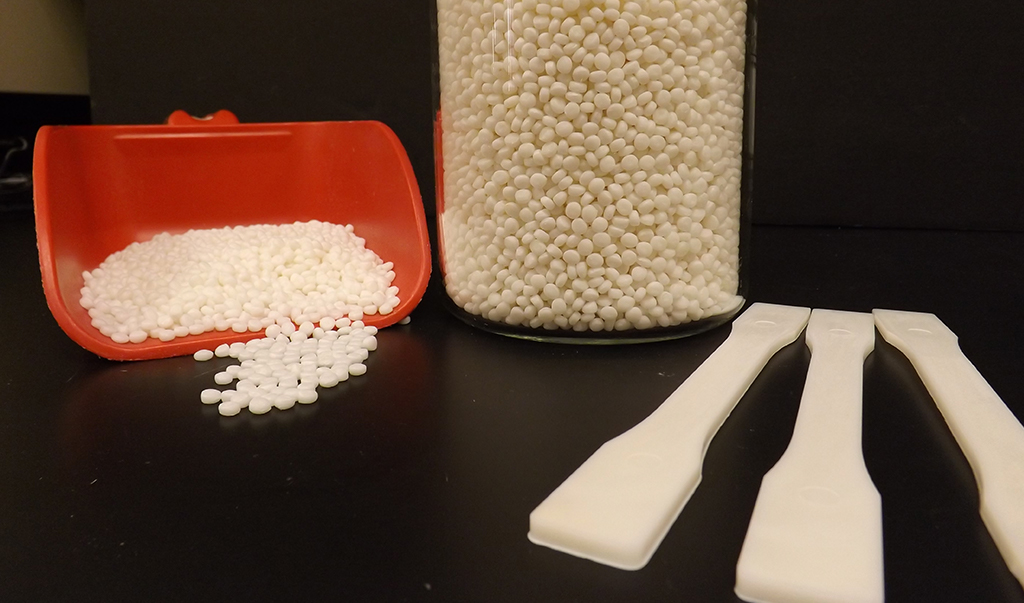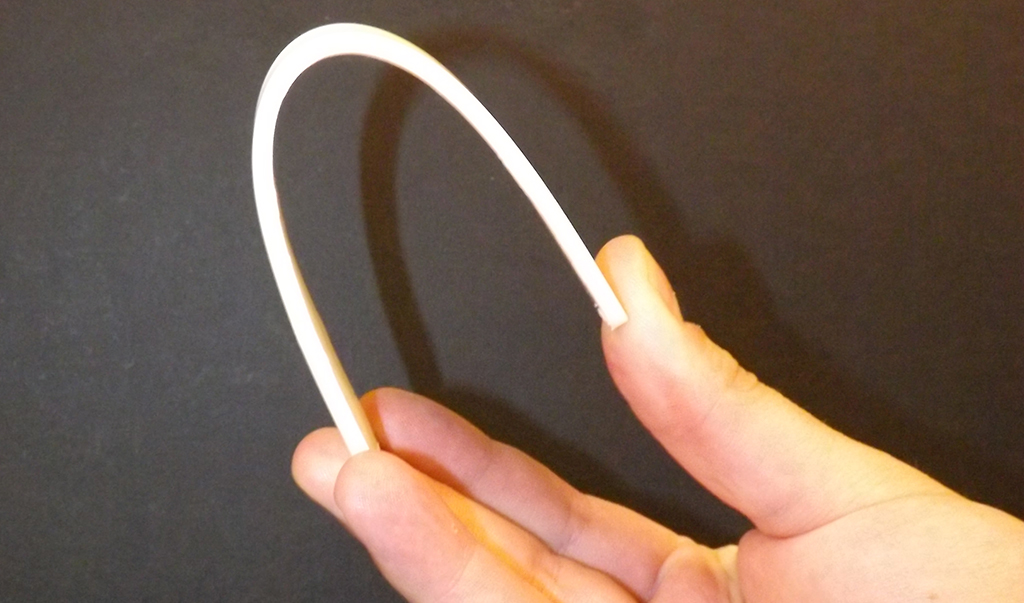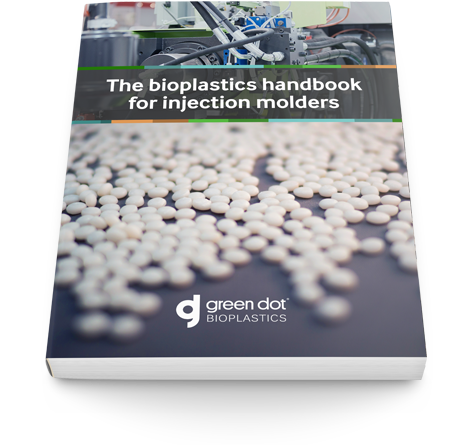The utility of starch-based plastics

What are starch-based plastics?
Bioplastics help manufacturing companies stay competitive by helping to meet rising consumer expectations of sustainability. They are often derived from various biomass sources, the most widely used being starch, which is a natural polymer that can be incorporated in various materials. Starch-based plastics can be used in a variety of applications since they can be incorporated with various petroleum-based polymers or biopolymers to create unique composite materials. These composite materials can then be injection molded or extruded using standard processing machinery.
In general, starch-based plastics are more cost competitive than alternative bioplastics. They can accommodate a wide range of physical properties that alternative bioplastics lack, such as tensile strength and heat tolerance. Starch composites can also incorporate recycled plastics. Our team recommends starch-based plastics when recycled plastics need to be used or if clients require a material that exhibits properties alternative biobased materials cannot display.
Environmental benefits
Starch can be used to reduce the carbon footprint of traditional resins because they can replace petroleum-based polymers with natural ones. It is also highly degradable, meaning it can be used alongside a compostable polymer without interfering with the degradation process.
How commonly used are starch-based plastics?
An analysis of a new market research report stated that “starch blends are expected to account for the largest share in the market” from 2015 to 2020. Out of the 2.05 million tons of bioplastics produced in 2017 worldwide, starch blends accounted for 18.8%. In fact, European Bioplastics stated that “Bioplastics are used in an increasing number of markets, from packaging, catering products, consumer electronics, automotive, agriculture/horticulture and toys to textiles and a number of other segments.”
These diverse applications mean that identifying the correct combination of materials is critical. Their physical properties differ from unfilled plastics because they can be processed similarly to mineral-filled plastics. However, proper formulation can overcome most issues. Future opportunities will come from a continued capacity for growth and consumer demand for environmentally-friendly products as well as efforts to reduce pollution and reliance on petroleum-based products.
What are the applications?
The Green Dot Bioplastics team has successfully developed cell phone cases from compostable, starch-based plastics. Additional opportunities are expected in compostable yard and kitchen bags, food service disposables and various types of packaging.
Starch-based plastics have increased in relevance with the introduction of improved resin grades, their ability to blend with other biopolymers and an increasing number of suppliers. In fact, starch-based bioplastics are widely employed in the medical industry because of their biocompatibility, low toxicity, degradation properties and mechanical properties.

What starch-based plastics has Green Dot Bioplastics created?
Our team has wide range of available formulas for clients, created to increase the bio-content of products made with petroleum-based plastics and to quicken the biodegradation process of biodegradable plastics.
Like most biopolymers, starch-based materials can be bio-based durable materials, such as our Terratek SC line, or they can be used in any number of compostable formulas. Either way, they can be used for injection molding grades, extrusion grades or film grades.
Consider Terratek SC as a solution
Terratek SC is a proprietary blend of wheat starch and polypropylene made up of 65% renewable material and is ideal for injection molding applications and extrusion. In addition, products made with Terratek SC are eligible to be certified by the USDA’s BioPreferred Program.

The bioplastics handbook for injection molders
Get a straightforward discussion of processing best practices for bioplastics.
The Green Dot Bioplastics team works closely with clients to develop customized materials capable of performing specialized functions. In fact, the Terratek SC line can be customized to accommodate a wide variety of physical properties (e.g., impact strength or flex modulus) and processing parameters (e.g., melt flow or melt strength). Its applications include diverse products such as tableware and golf tees. Formulations containing anywhere from 30% to 65% starch are available upon request.
Manufacturing considerations
Temperature is critical because a starch component can discolor or burn if the process temperature is over 400°F. Furthermore, a starch component’s natural properties make it susceptible to moisture over time, which is why pre-drying is strongly recommended. Additional considerations include accommodating the finished part’s physical property requirements as well as mold design. For instance, parts with thin wall sections may require higher melt flows.
What does the future look like?
Future research in starch-based plastics will likely be aimed towards biodegradable applications. The challenge is to increase the physical properties of composites via changes to the polymer’s chemistry or formulation. We will also see a wide range of renewable, reclaimed and compostable materials replace traditional, petroleum-based plastics (a movement that is already underway).
Where can I learn more?
Interested in learning more? Read about the differences between biocomposites and traditional plastics by downloading our white paper Biocomposites vs. traditional plastics or schedule a consultation with a Green Dot Bioplastics representative.


